In early July, the UCI Gravel World Series will be heading to Switzerland for the first time. In place of the more typical rolling hills, vehicle-width trails and big-sky views that you might expect from gravel racing, participants are going to be faced with snow-capped peaks, alpine meadows and cowbells. To get some insight into what’s so special about alpine gravel riding, we chat with Alain Rumpf, known by his nickname of “A Swiss with a Pulse”, who has 3000m high mountains visible from his office window. If you’d like to find out more about getting away from it all with some mountain-based gravel riding, then read on.
“I generally describe myself as a professional bike bum.”
“I generally describe myself as a professional bike bum” said Alain, not long after we started chatting. He continued “I do everything to keep riding my bike as much as I can and sharing my experience with others. It comes in different forms and shapes – photography, writing, working with tourism boards to help them create experiences and attracting people to come to the area. I also run my own website, which is where I share everything that I’ve just mentioned. Hopefully in the process it inspires people to take on adventures for themselves. That is really important. I'm not just saying ‘Hey, look at me, look what I did’ but hopefully it’s about saying ‘I’m a cyclist too, so maybe you could do these types of adventures also.’ I don’t particularly like the word ‘influencer’ – it’s almost become a dirty word in the bike industry, but I’m fine with it for one simple reason – it means you can positively affect people and this can be a really great thing. If I can have a positive impact on people and help to push them to leave their screens and hop on their bikes and go explore the world, then I’m very happy to be able to do that. My aim is to help other people to have cool experiences on their bikes.”
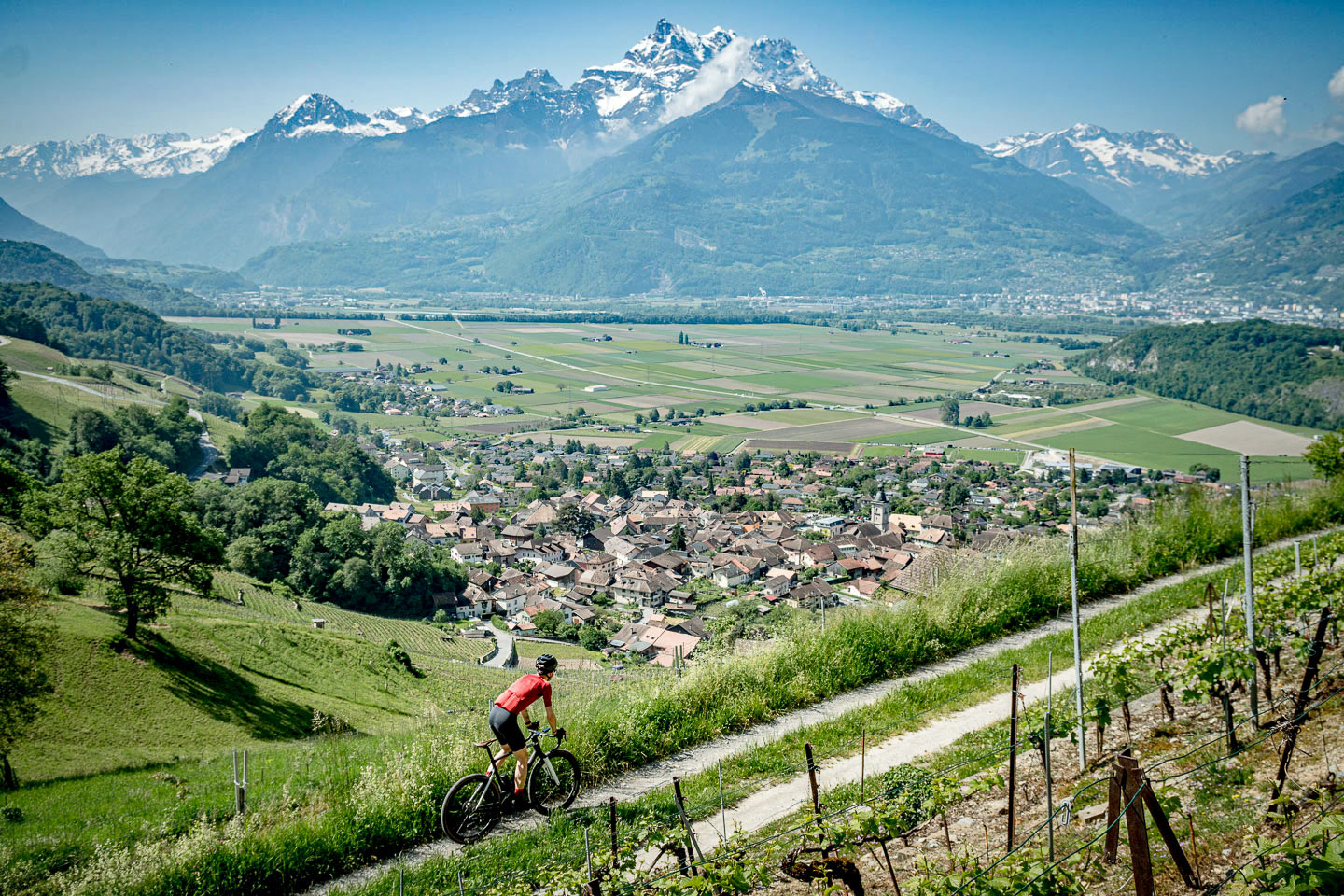
“From my office window I can see a 3000m mountain peak.”
Alain lives at 1100m altitude in the Swiss Alps in a region called the Alpes Vaudois. “From my office window I can see a 3000m mountain peak” he tells us, creating instant pangs of jealousy. He continues “My area is known as the pre-Alps. It’s less mountainous than the true Alps with peaks reaching from 400m to around 3000m in altitude. The terrain is less difficult/demanding than the high Alps, but we have beautiful backdrops still. It’s an Alpine region, but it’s more accessible. It’s the perfect area for a first alpine experience for gravel riders.”
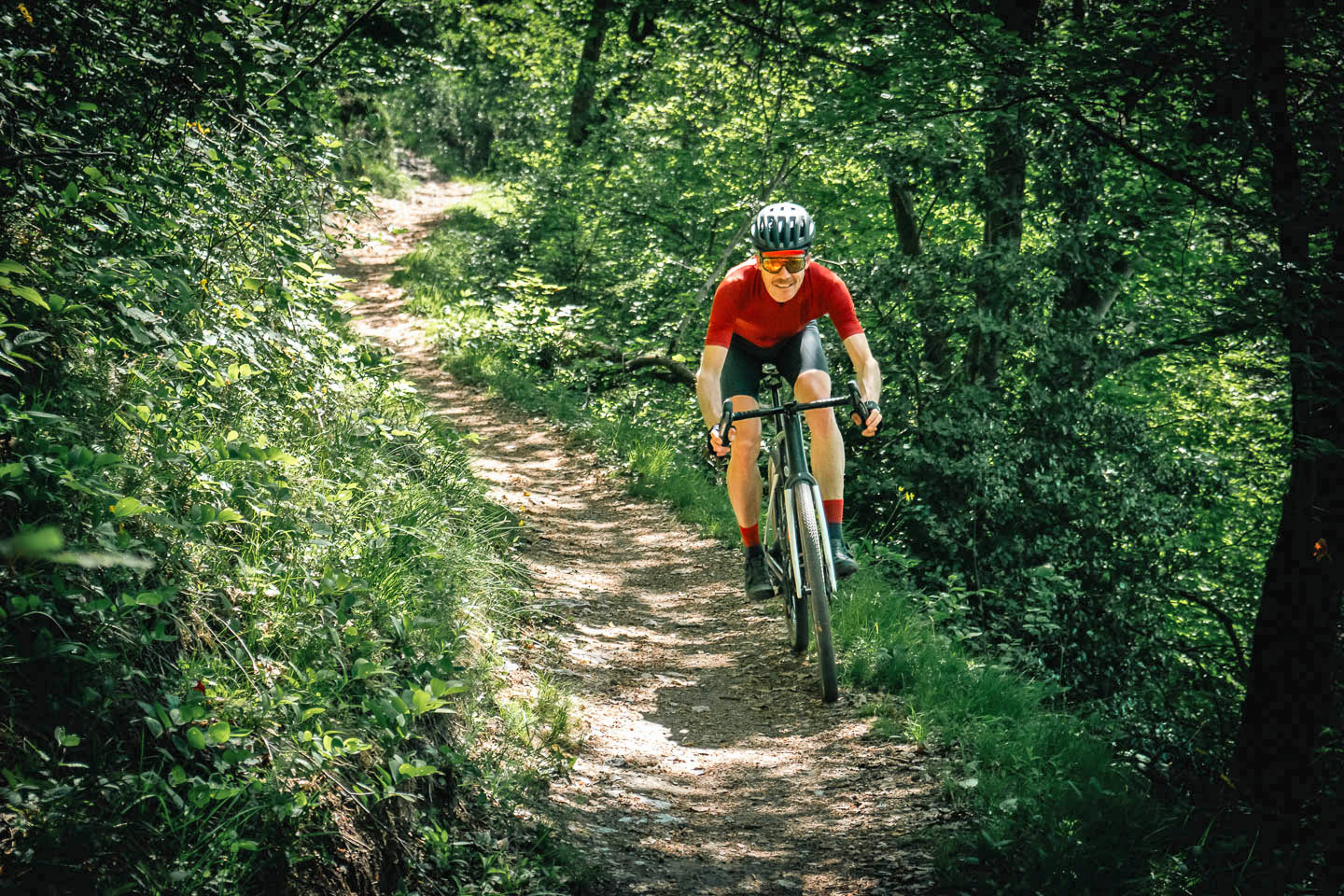
Alain’s nickname and Instagram handle is “A Swiss with a Pulse”. When we asked him about the background to this, he said that Swiss people generally have a reputation for being quiet, discreet, neutral and that this described him very well, but “sometimes I let something else out - some enthusiasm for life. It was just a funny way of describing my personality and I think it describes me pretty well actually. Although I would generally consider myself to be an introvert, I also think it’s important in life to be enthusiastic and to marvel at things and to share it with others too.”
“I realised that even though I loved racing, I was not good enough to become a pro rider.”
Alain recently published a blog post entitled ‘Celebrating 40 years of bike racing’. He gave us some background on the story – “I started riding and racing in 1984, when I was 12 years old. I was just a little kid trying to find a sport that I liked. I tried many different sports which just didn’t suit me like ball sports and team sports, many of which I wasn’t any good at and I didn’t really enjoy. Somehow, I tried cycling and after watching the Tour de France in 1983, I became passionate about watching the sport but also doing it. It was love at first sight! It was something I could do alone. It was about freedom and exploring, but also about getting this confidence that you build as a child and then as a teenager. It was just a good match for me and that was how it all started. I joined a local club and started racing as a junior. I was never extremely good, but I was enjoying it and I got a little better and a little better. I had some success a junior national level in 1989. I kept racing until 1993, which was my last year at University. At the time I was racing at Elite level, the category just below the pros. I realised that even though I loved racing, I was not good enough to become a pro rider, which left with a quandary about what to do next? I decided to ‘retire’ – at the time that was how I saw it and I started looking for a job instead. “
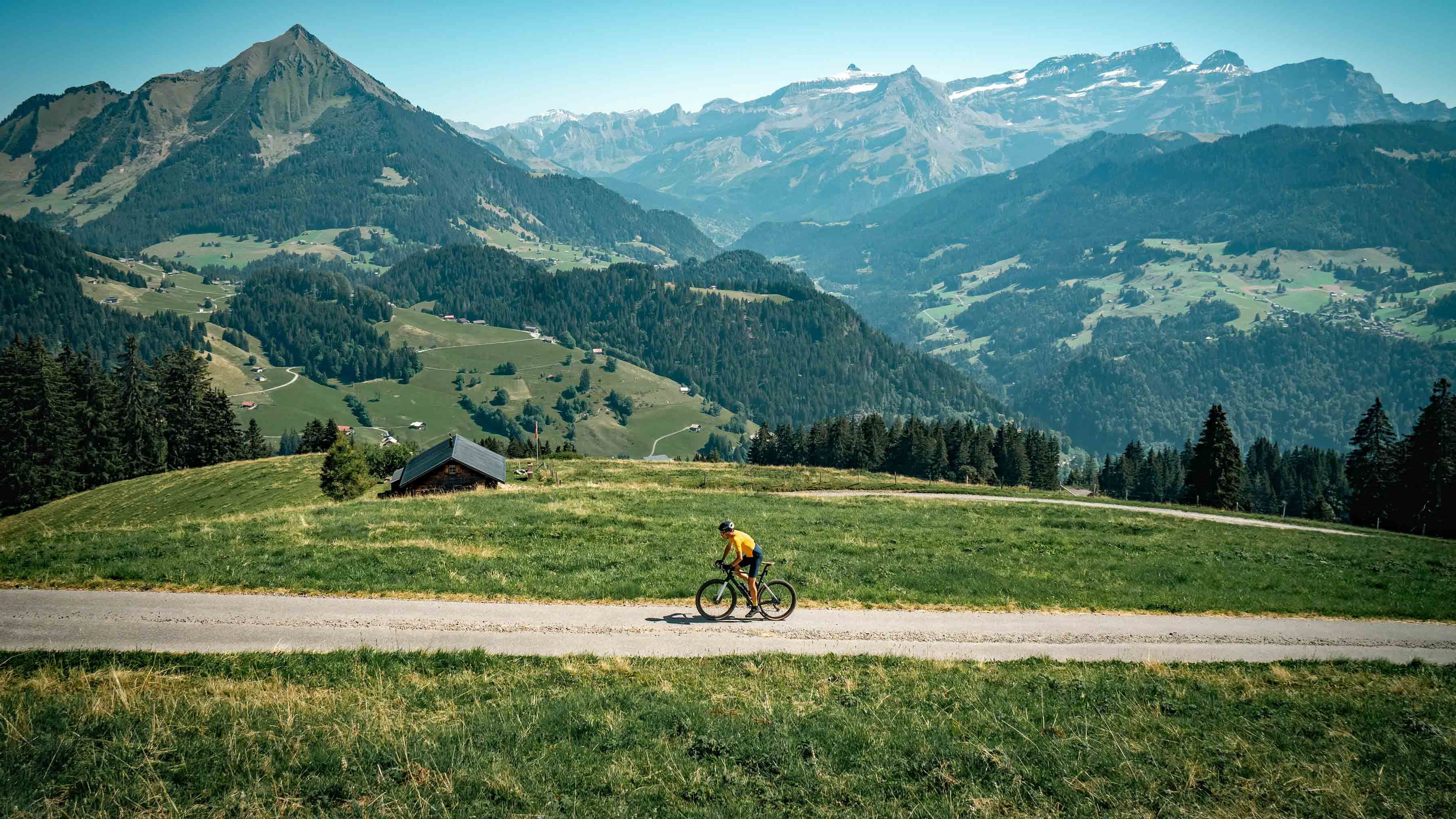
Alain continued with his story “I lived near Lausanne, where the HQ of the International Olympic Committee was located. Many international sports federations also have their HQs there. I started applying for jobs in the world of sports federations and after a few months I got super lucky and landed a job at the UCI. This was a pinnacle and I couldn’t have hoped for anything better! It wasn’t an amazing role – it was the kind of job you get as a 22-year-old coming out of university. At the time the UCI was still a small organisation, but was just starting to grow and I was number nine in terms of seniority. I kind of grew up with the organisation. I was lucky to be there at the right time. Over time I got some more responsibilities and I worked on some really exciting projects and in the end I stayed for 20 years. “
“I couldn’t imagine doing anything else with my life, but it meant I found myself suddenly with opportunities in front of me.”
“The organisation changed so much and my job, although it was always focussing on road cycling, also changed a lot too, so it didn’t feel like 20 years! I got to do many things including going to the Sydney Olympics as the UCI technical delegate, being instrumental in the creation of the first women’s cycling world cup back in 1998, witnessing and being involved in the creation of the UCI ProTour (which is now the World Tour). It was really interesting to say the least to be involved in all of this. It lasted until 2014. The last few years I was also lucky enough to be involved with the Tour of Beijing, which has now probably been forgotten about, but at the time was a big, big project. For four or five years I worked between Switzerland and China to help create and organise this race. However, all good things come to an end and in 2013, with a change of president of the UCI came a dramatic change in the staff and in 2014 I was 'shown the door.' At the time it was a catastrophe – I’d been in the organisation for 20 years and hadn’t needed to look for a job during that time. I couldn’t imagine doing anything else with my life, but it meant I found myself suddenly with opportunities in front of me. I discovered that there was a world outside of the UCI.”
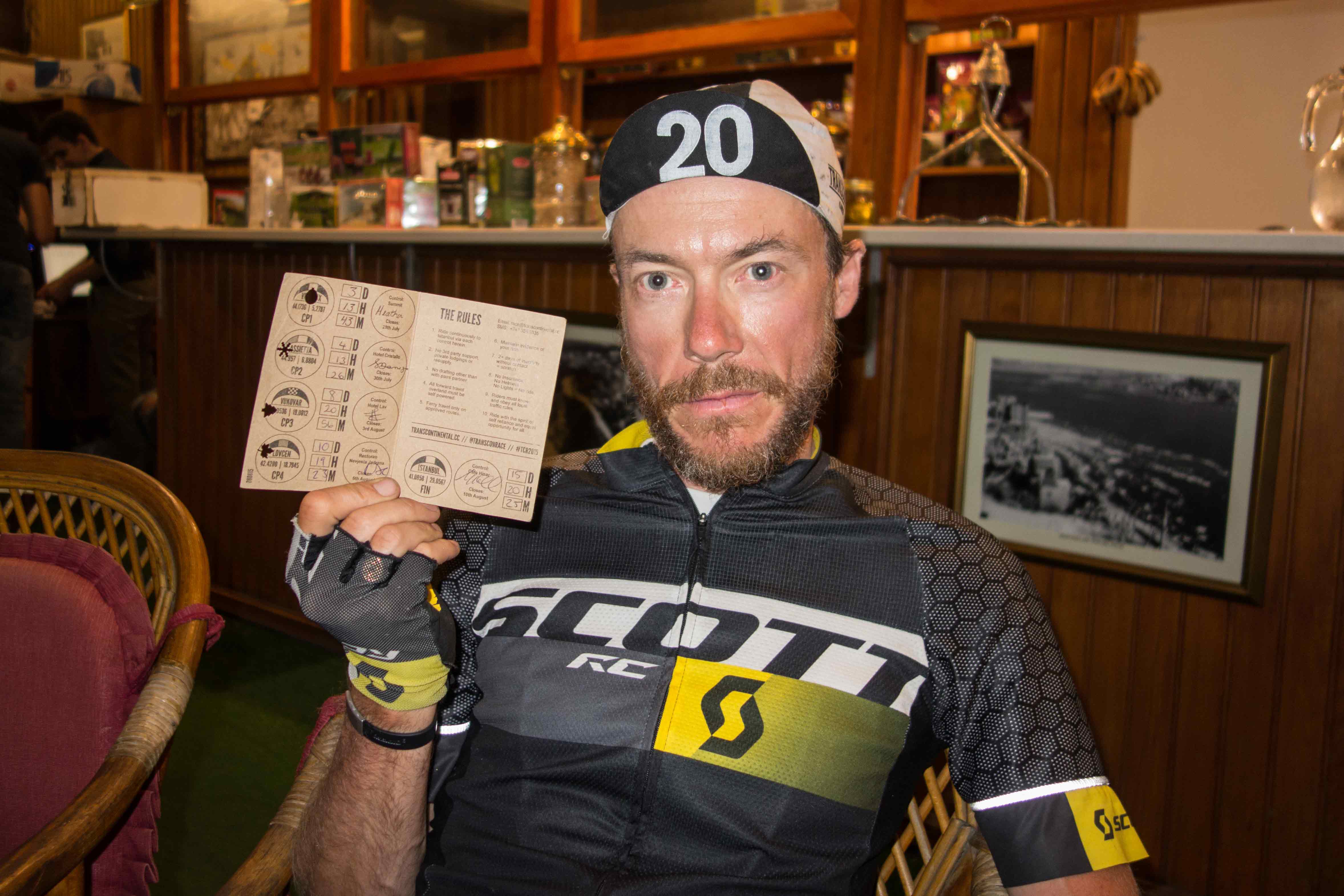
“The first thing that I did after leaving the UCI was to apply to participate in the TransContinental Race (TCR), kind of out of the blue as I had zero experience of any racing going much beyond four hours! Thanks to the inspiration of a friend, who had ridden in it the year before, one day I just applied and three weeks later I got an email saying that I was in! I had to rapidly figure out how to prepare for the event. It was an amazing experience and it definitely changed my life. It taught me to be self-sufficient and to deal with so many different situations – way beyond anything that I had encountered in my life until this point. It had a big influence on anything that I’ve done since then.”
“Creating an experience that I would share with others is something I find really interesting.”
“Workwise, after the TCR, between 2015 and 2018 I was involved in the creation and development of a cycling tour operator – basically a start up. I was hired to help create the company and to help set-up all the background to what a tour operator does – not just setting up the tours, but also all the admin, client relationships, marketing, sales etc. A big learning experience for me! My role at the UCI was involved with trying to change cycling on a global scale, where as a tour operator is about having an impact on individuals. This is where I did my first guiding – something that I still enjoy doing now. Creating an experience that I would share with others is something I find really interesting.”
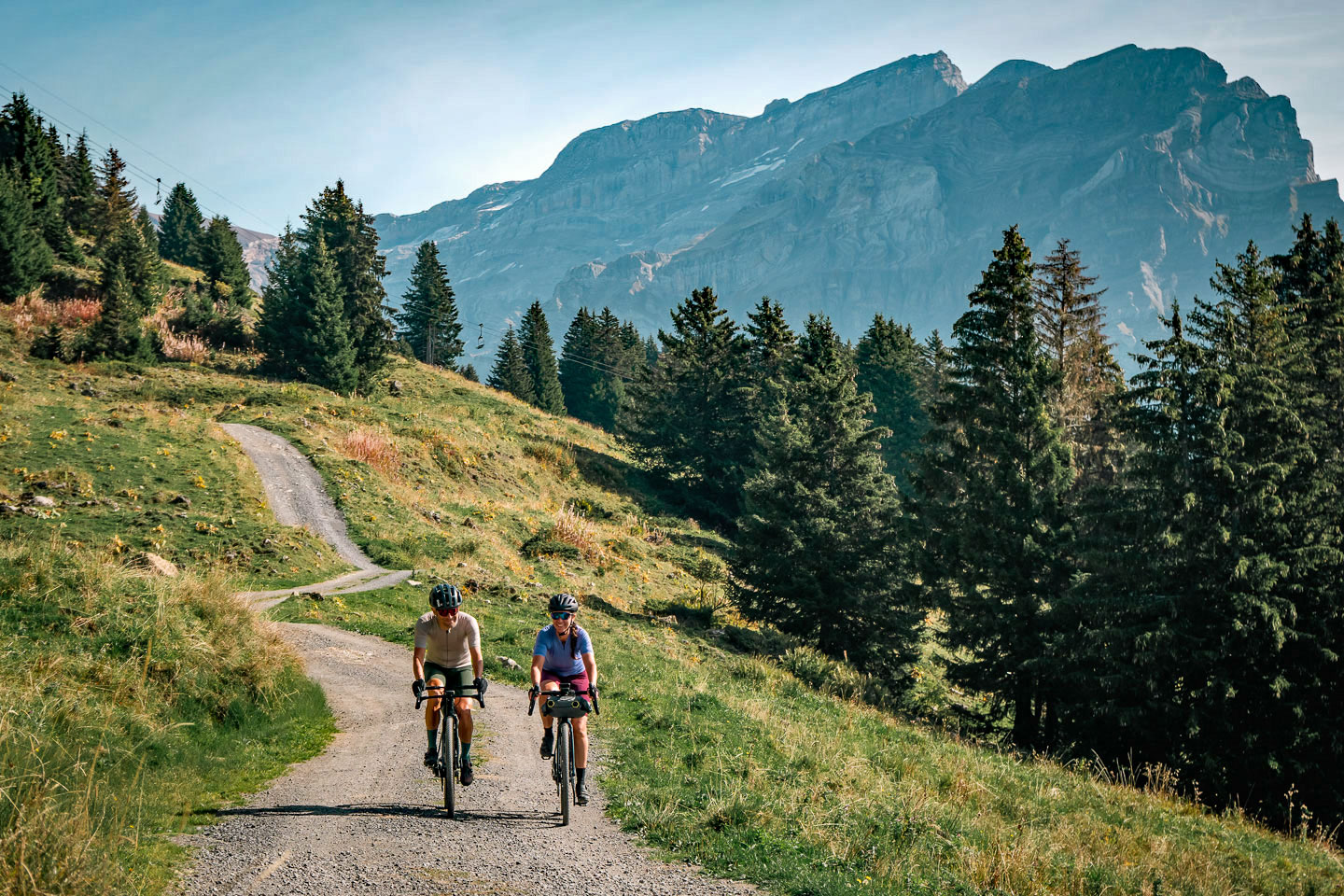
“At the same time, I don’t think this role was 100% in line with my introvert personality, so in 2018/19 I made another transition and I decided at this point to become a freelancer and to work for myself. Thanks to the inspiration and the experience that I got from the TCR and from organising cycling tours, I decided the next step was to create my own project and to try and make it work. A big factor in this transition was my wife Lillie, an American from California. We have very different personalities, but she helped me a lot to believe in myself and to make me realise that I could be successful in doing my own thing. I’ve been self-employed since 2019 and I really love it.”
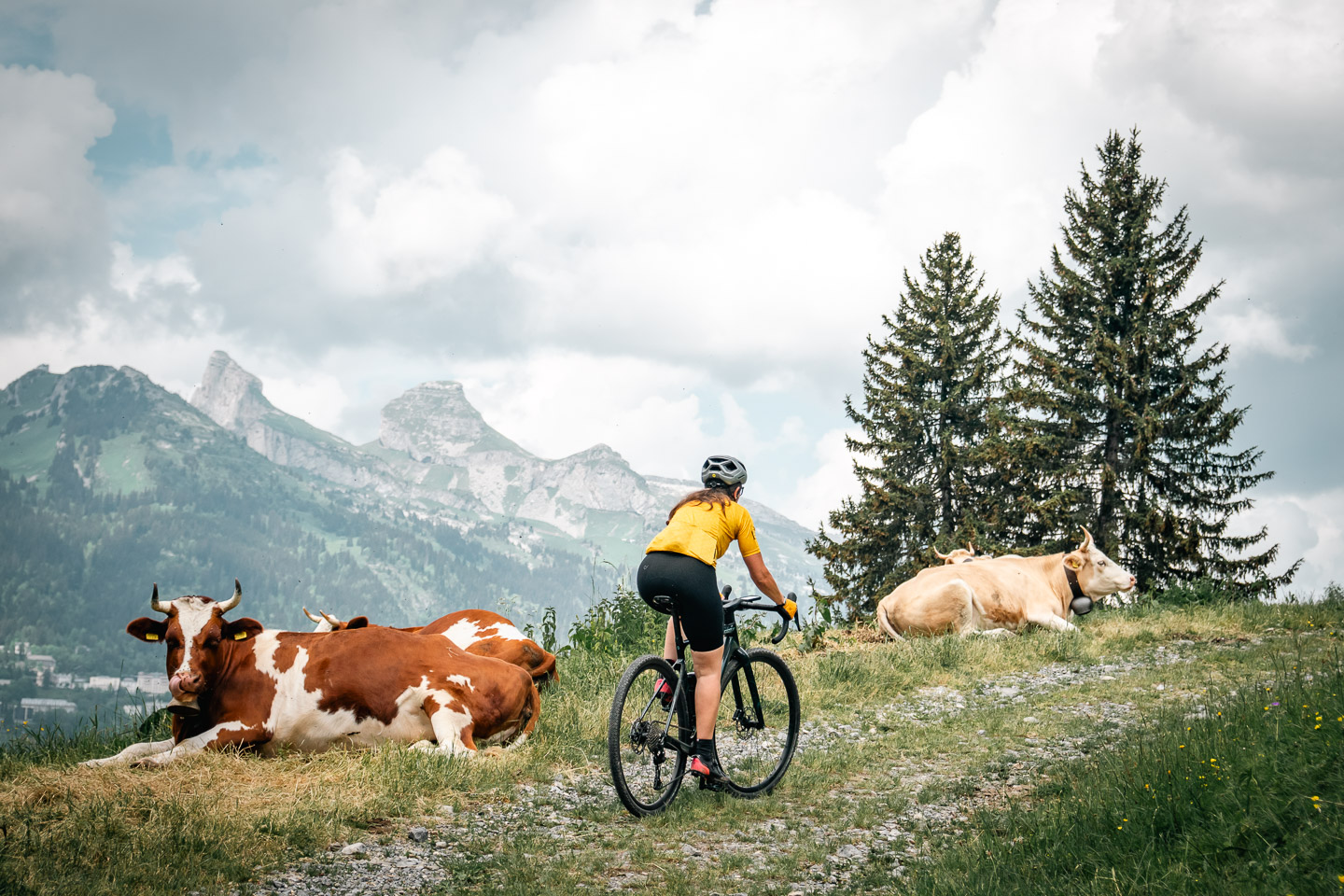
The first weekend in July will see the launch of the UCI Gravel World Cup’s first foray into Switzerland. Although Alain was quick to downplay his role within the event, his knowledge and expertise were paramount in creating an appropriate course for the participants to enjoy. “I’m not an event organiser. It’s not really in line with my skills and personality. But I love to work with event organisers and do what I can to help. My role was primarily involved in route finding. I didn’t design the route, but I did help to inspire it. We wanted to create a route that people would enjoy, but would also showcase what the region is all about. That was super important to us. We wanted to make sure that everyone will get something out of it. It will be an Alpine event. There will be some long climbs, some steep descents, some technical sections and I hope it will be a great way to showcase the region and to give a great experience to the participants.”
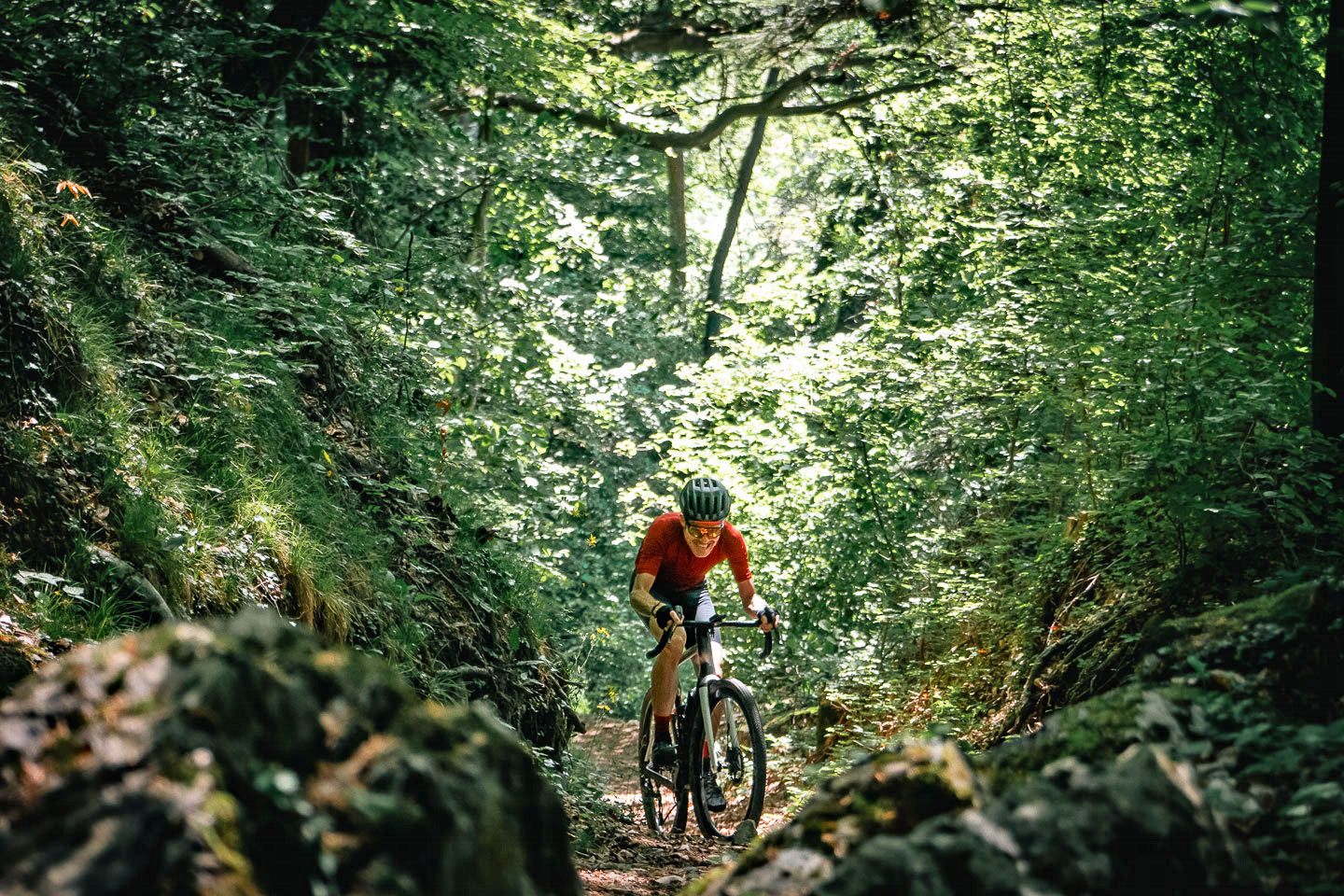
“A gravel bike allowed me to re-discover my home region away from the traffic.”
That section of our conversation led very neatly on to Alpine gravel. What is it? What does he love about it? How does it differ to riding in the hills? What tips and advice could Alain give? “Not everyone thinks of the Alps as an ideal place to ride a gravel bike,” Alain told us “In fact, very few people have actually gone there to gravel ride. I love Alpine gravel riding, obviously because this is where I live! I started off when I first got a gravel bike by exploring my home region. You can ride gravel trails anywhere and enjoy them, but for me riding a gravel bike in the mountains allowed me to re-discover my home region away from the traffic. I’ve rediscovered almost the whole region, because now I have gravel alternatives to the paved routes that I used to choose. It also allows me to go to places that I couldn’t previously get to on my road bike – for example to some of the local mountain huts. My gravel bike lets me experience the unique environment of the high mountains in a totally different way.“
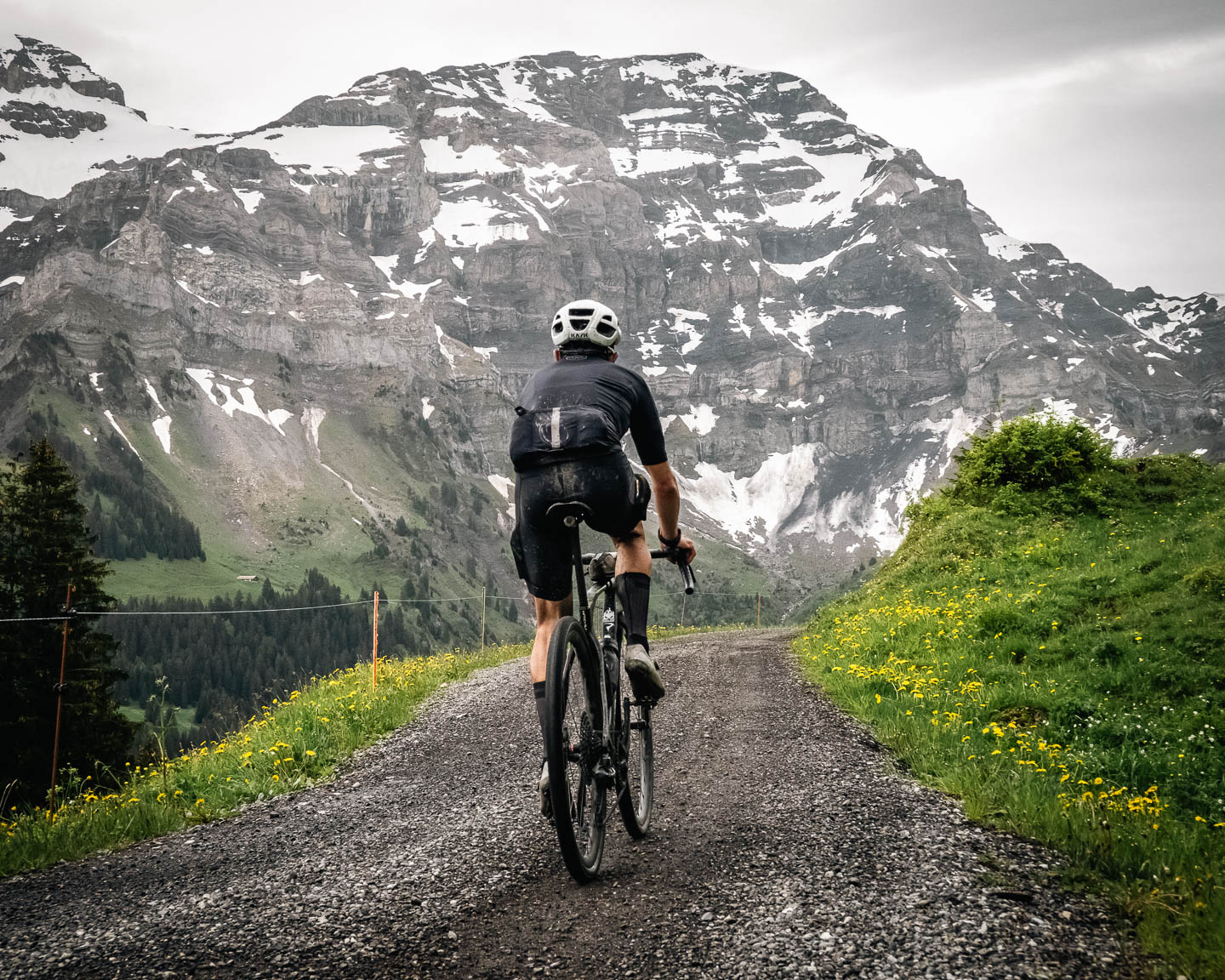
“The question I initially pondered though was ‘why not take a mountain bike instead?’ Sometimes on a gravel bike you feel limited – the trails are too rocky etc. For sure, the more extreme trails are more suited to a mountain bike. Underbiking is fun, but only up to a point. So I’m not saying that you should go with your gravel bike everywhere in the high mountains. Definitely there is technical terrain which is better suited to a mountain bike, but what I enjoy is the versatility of the gravel bike. The fact that I can start from my house, ride 10 km on the road and then do a bit of a singletrack which takes me to a big climb on a 4x4 track. This is not something I would do on an MTB as I would always be looking for the more technical trails. On the gravel bike I can combine a variety of surfaces and this really excites me.“
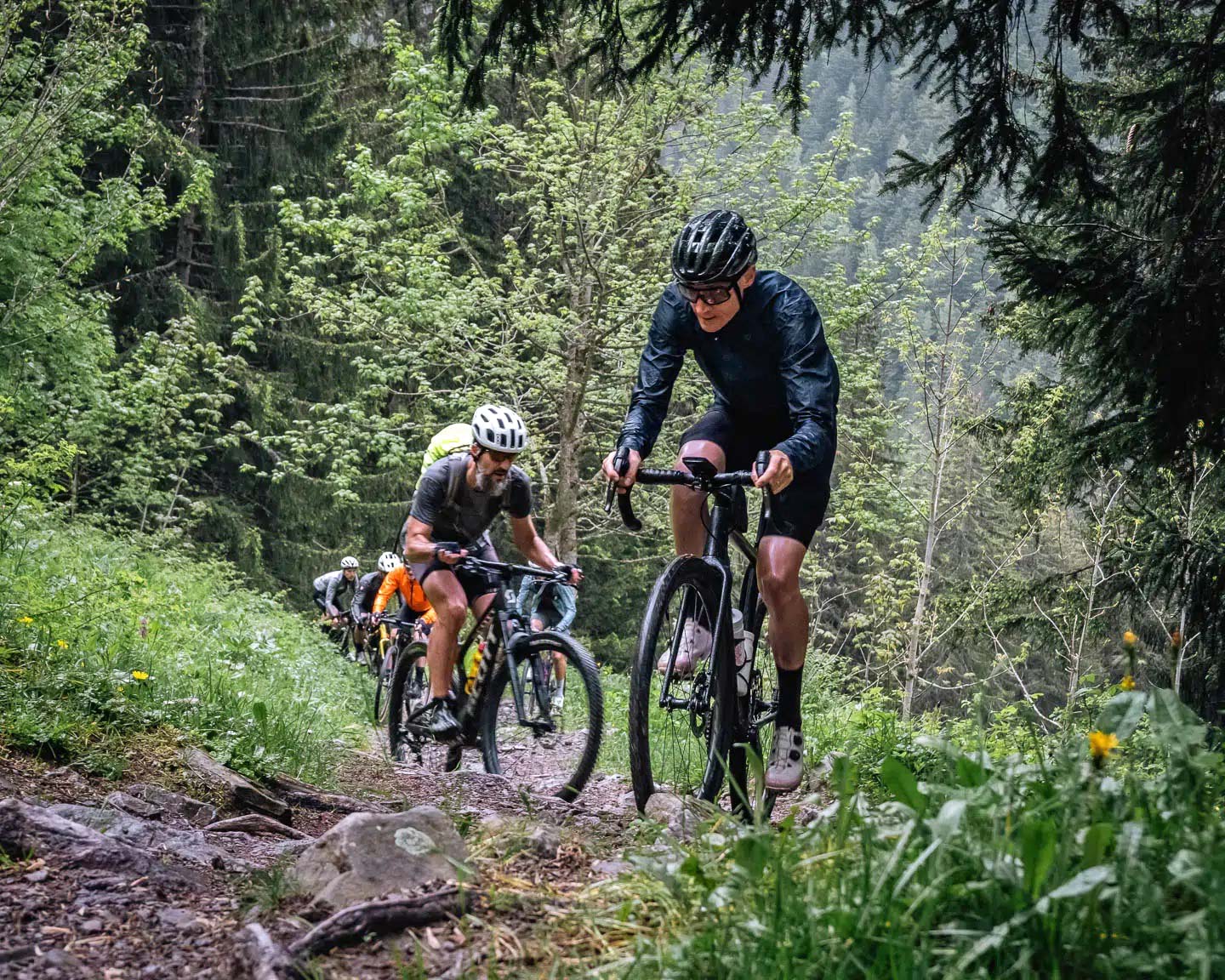
“Of course, if you have the right set-up there are more technical trails that you can ride on a gravel bike. I have a 100% road background, I’ve never really been a mountain biker, but I would advise that you use a minimum tyre width of 45mm, set up tubeless. The second thing is the drivetrain. You need small gears to be able to cope with the amount of climbing. Now even on my road bike I run a 34x34 smallest gear set-up and on my gravel bike I have a 30-40 smallest gear – this is close to MTB gearing and it’s how I manage to still enjoy climbing up a 12% gradient gravel road for example. The geometry of the frame/forks is obviously also important, but in my view, this comes down more to personal preference. I don’t run tyre liners. I’m not a very technical rider and I’m lightweight, which means so far, I haven’t needed them! When it comes to dropper posts, I think that If I needed one during my ride, then I'mmassively underbiking and I should probably be on a mountain bike. I’m super happy with my choice of gravel bike, which doesn’t have a dropper post and doesn’t have front suspension. It means that I enjoy using it on the road and for bikepacking. It’s basically my ‘go to’ bike.”
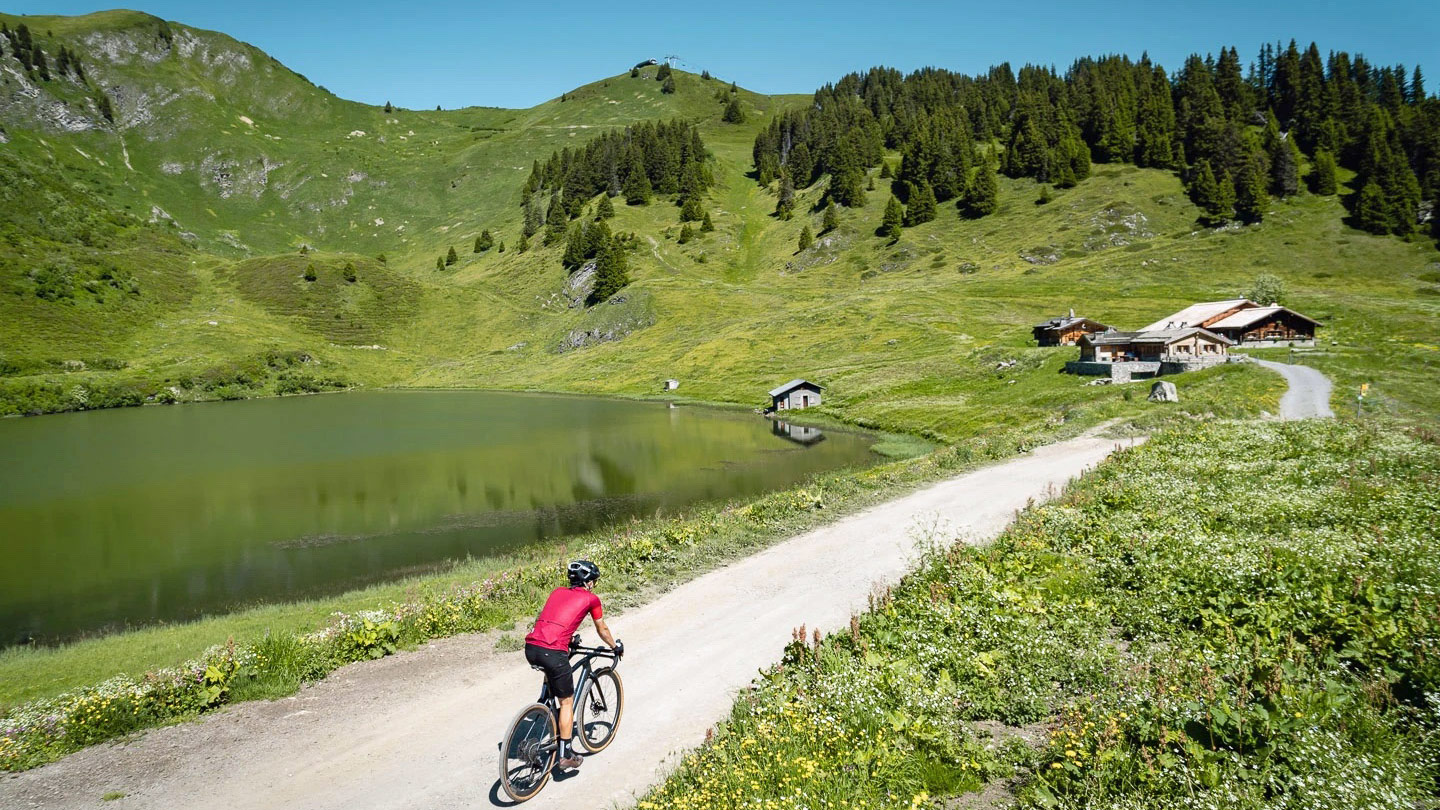
Alain’s enthusiasm for his home region and Alpine gravel riding was incredibly infectious. Despite the fact that we completed our interview via a video call, you could practically feel the energy emanating out of him when he talked about his life in the mountains. Alpine gravel riding is not a topic that we’ve covered extensively on Gravel Union, but it’s definitely something we’ll be heading back to in the future.
You can find out more about Alain and his life as ‘professional bike bum’ over on his website and his Insta account is full of inspiring images too.
All images courtesy of Alain Rumpf